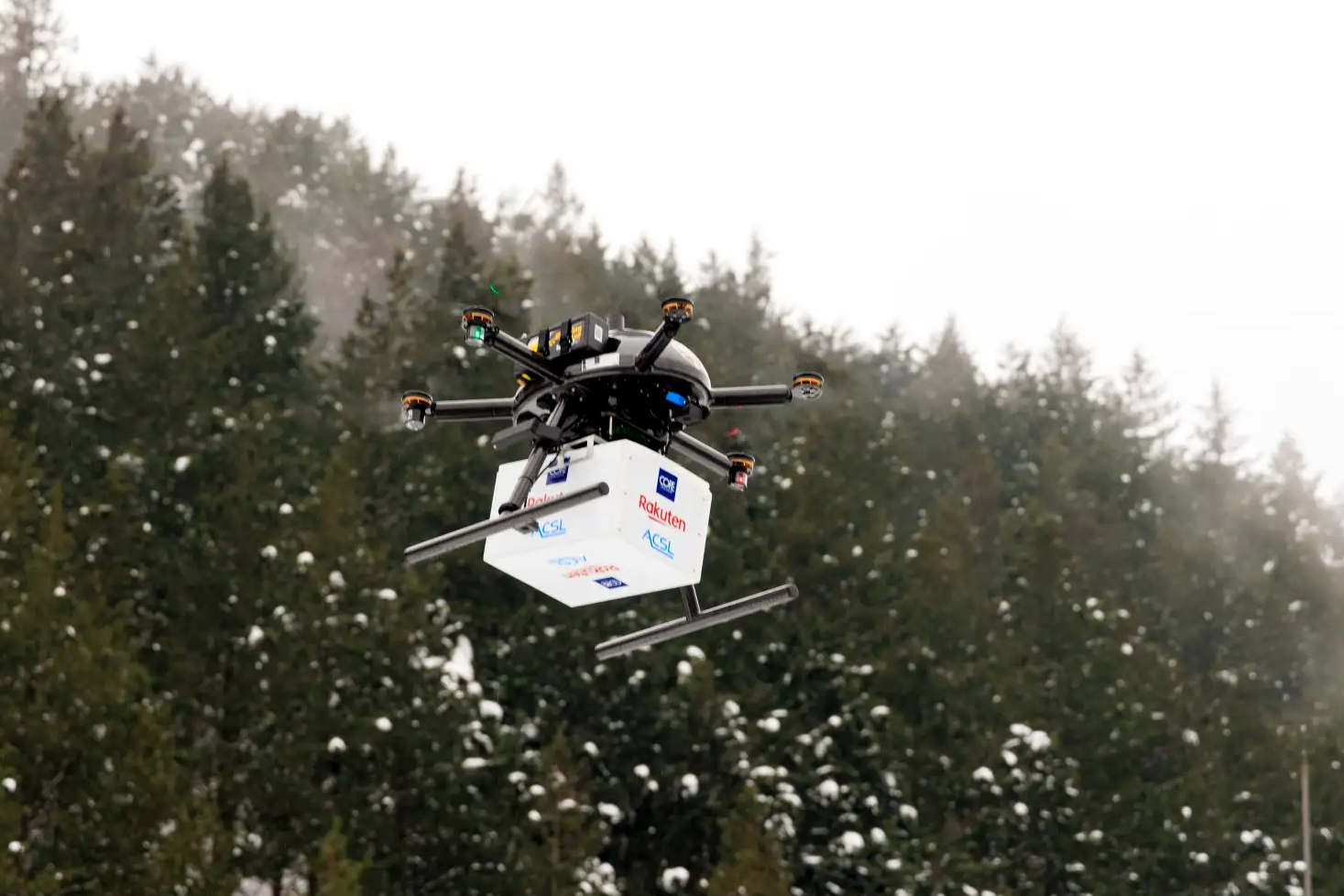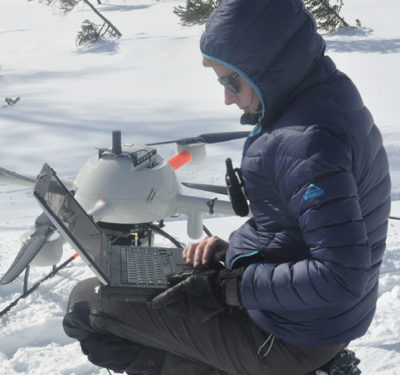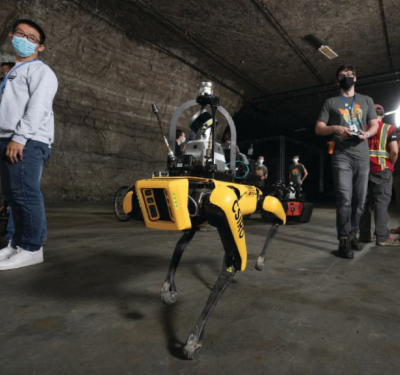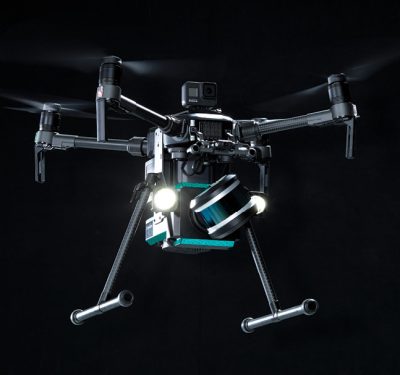Strengthening GNSS security in autonomous platforms, Japan’s CORE Corporation, together with ACSL Ltd. and Rakuten Group, recently conducted a demonstration of anti-spoofing capabilities using Japan’s Quasi-Zenith Satellite System (QZSS) Navigation Message Authentication (QZNMA) service.

The collaboration addressed the growing threat that is GNSS spoofing, where malicious signals fool receivers into reporting false positions, potentially leading to misrouted vehicles.
At the center of the project was the newly developed ChronoSky PF2-AE, the world’s first drone platform supporting QZSS authentication. The platform brought together CORE’s new QZNMA-enabled Cohac∞ Ten++ GNSS receiver and ACSL’s PF2-AE delivery drone. Project partners simulated disaster-relief supply missions in Chichibu City, Saitama Prefecture, demonstrating real-world resilience against spoofing attacks.
During the demonstration, two distinct operational scenarios under controlled spoofing conditions were evaluated. In the first scenario, where only a subset of satellite signals was spoofed, the drone quickly detected the anomaly, alerted its ground control station (GCS), and safely continued its autonomous flight. In the second, where all satellite signals were compromised, the drone again detected the spoofing, alerted the GCS, and transitioned to manual flight, allowing the operator to complete the delivery mission.
Staying in bounds
To ensure compliance with Japan’s Radio Law, the project developed a wired spoofing setup and a simulated spoofing environment, which allowed accurate assessment of the receiver’s anti-spoofing capabilities without violating regulatory restrictions against broadcasting real GNSS interference signals.
The central technological advance was the use of the new QZNMA service, launched in 2024. Using digital signatures embedded in satellite signals and verified by key public infrastructure, QZNMA-enabled receivers authenticate the origin of GNSS signals in real-time. The method represents a critical shift from reactive spoofing detection techniques to proactive authentication, enhancing significantly the reliability of autonomous systems.
As autonomous driving and piloting technologies, for land, sea, and air platforms, become more prevalent, the need for secure and trustworthy GNSS navigation is now paramount. The CORE, ACSL and Rakuten demonstration highlights how authentication-based solutions can ensure secure routing, not only for drones but potentially for a range of other automated systems.
Looking ahead, the project partners plan to extend their research and development efforts beyond aerial delivery. With the ongoing roll-out of autonomous vehicles and smart infrastructure, securing the GNSS layer is essential to ensure the safe and scalable adoption of these technologies.






